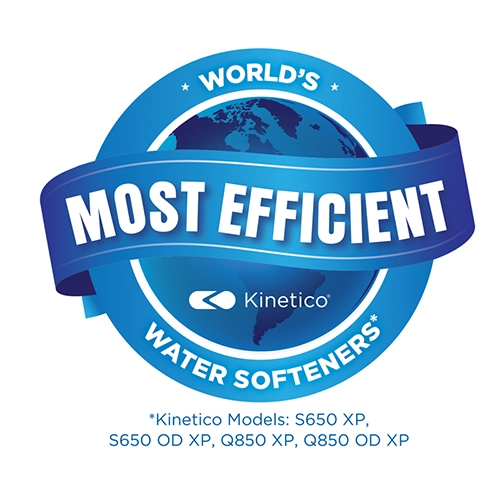How Long Does a Reverse Osmosis System Last?
99% Client Satisfaction
Industry Leading Warranty
Family Owned & Operated
Emergency Services
Financing Available
How Long Does a Reverse Osmosis System Last?
Reverse osmosis is one of those terms that raise eyebrows because it sounds complicated. The first question is “what is osmosis” and if we can get our head around that, we can think about what the reverse would be. But even if we either understand it completely or don’t even attempt to but just accept it is a method of water purification, the practical minds among us have one more thing they want answered: how long does a reverse osmosis system last?
That is a question anyone can understand, and it is an important one, particularly if a householder has accepted that reverse osmosis is a good solution to water purification issues.
The Simple Answer
All right, let’s put a figure on it. Let’s say 10 to 15 years. But it’s a bit like asking how long a car will last. It depends on how you treat it, how you drive it and whether you maintain it well. So, yes, get yourself a good reverse osmosis system, installed by people who know what they’re doing – unless you get a simple plug-and-play unit, in which case it’s easy anyway – follow the instructions as regards maintenance and you will get plenty of years of good service.
But First: How Does a Reverse Osmosis System Work?
In order to do the right things with any piece of equipment, it pays to have a basic understanding of what it does and how it works. Reverse osmosis uses a very thin membrane - a sheet or layer of some material that is semi-permeable. In other words, it doesn’t allow just anything to get through (permeate) it. That is because it is going to be required to allow water through, but not the impurities that the water contains. The idea is to allow the H2O to pass through while keeping the impurities back. Membrane technology has revolutionized water purification.
Maintaining a Reverse Osmosis System
The water flows first through a pre-filter which gets rid of what might be called the obvious stuff: dirt, sand and other particles that are tiny but can be seen. This is a process of a physical nature, so the pre-filter should be changed every 6 – 9 months to keep the potentially damaging particles away from the reverse osmosis (RO) membranes.
Then we move on to the carbon filter, which removes contaminants such as chlorine which affect the smell and taste of the water. These chemicals can be harmful to the RO filter too, so replace them also very 6-9 months.
Suitably protected in this way, the RO membrane should last 3-4 years before it too should be replaced.
Follow this routine and your reverse osmosis system should give you excellent service for a decade or more.
It is a good idea to set a schedule for this work, in whatever way you find most convenient, be it on your phone, computer or a paper calendar on the wall.
Having a reverse osmosis system working on your behalf is a boon, and the maintenance is a small price to pay. You get your car serviced regularly, so think of it in the same way. And here’s the thing, there are professionals in this field, so if this doesn’t sound like one of your strengths, call somebody who understands it and does it for a living.








